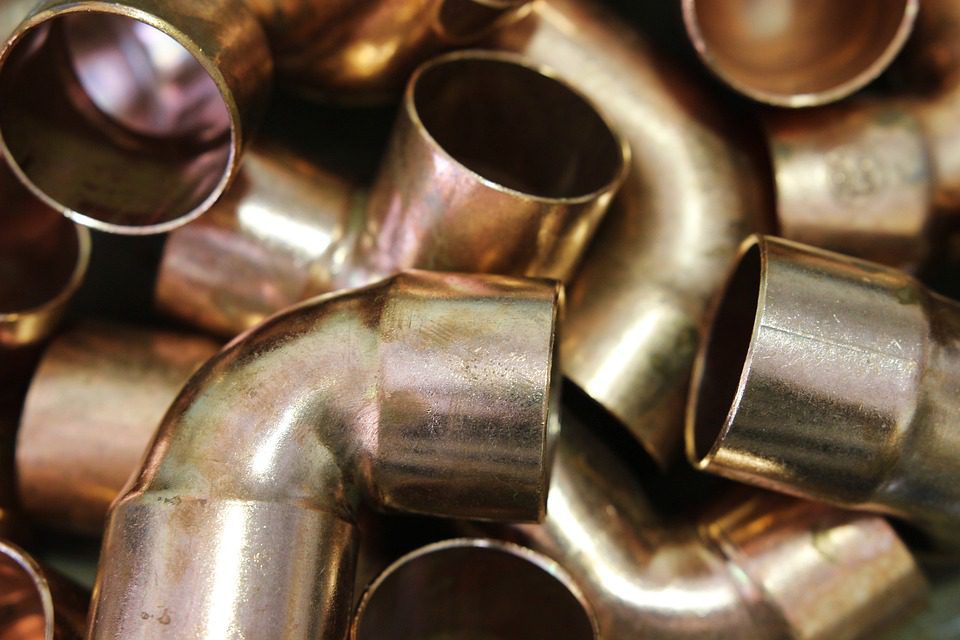[Solar water heaters are becoming increasingly popular among homeowners who want to take advantage of renewable energy sources and reduce their carbon footprint. However, installing a solar water heater requires some plumbing work to ensure that it functions properly and efficiently. In this article, we will discuss the essential components of a solar water heater and the plumbing installation process.
Essential components of a solar water heater
Before we delve into the plumbing installation process, let’s review the essential components of a solar water heater:
1. Solar collector: This is the component that collects solar energy and converts it into heat. It is typically mounted on the roof of a building or on a ground-mounted frame.
2. Heat exchanger: This component transfers heat from the solar collector to the hot water tank.
3. Hot water tank: This is where the hot water is stored until it is needed.
4. Circulation pump: This pump circulates the water between the solar collector and the hot water tank.
5. Controller: This component monitors the temperature and activates the circulation pump when the temperature in the solar collector is higher than the temperature in the hot water tank.
Plumbing installation process
The plumbing installation process for a solar water heater is not as complicated as some people may assume. However, it is essential to follow the manufacturer’s instructions carefully and, if necessary, seek the assistance of a licensed plumber.
Step 1: Mount the solar collector
The solar collector should be mounted at an angle between 20 and 45 degrees to ensure optimal exposure to the sun. The mounting location should also be free from shade for most of the day.
Step 2: Connect the circulation pump
The circulation pump should be connected to the hot water tank and the solar collector using copper pipes. The pipes should be insulated to prevent heat loss.
Step 3: Install the heat exchanger
The heat exchanger should be installed between the solar collector and the hot water tank. The pipes connecting the heat exchanger should be insulated.
Step 4: Connect the controller
The controller should be connected to the circulation pump and the temperature sensors in the solar collector and the hot water tank.
Step 5: Connect the hot water tank
The hot water tank should be connected to the circulation pump and the heat exchanger. The pipes connecting the hot water tank should also be insulated.
Step 6: Test the system
Before using the solar water heater, it is crucial to test the system for leaks and proper functioning. If leaks are detected, they should be fixed immediately.
Conclusion
Installing a solar water heater requires some plumbing work, but it is a worthwhile investment that will not only save you money on energy bills but also reduce your carbon footprint. Always follow the manufacturer’s instructions carefully and have a licensed plumber assist you if necessary. With proper installation and maintenance, your solar water heater will provide you with a reliable and efficient source of hot water for many years to come.


